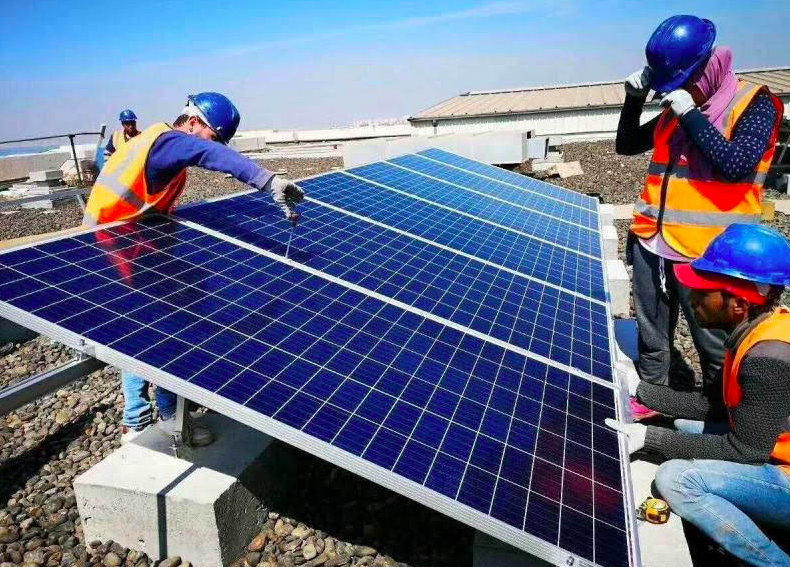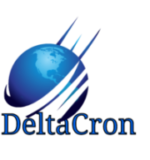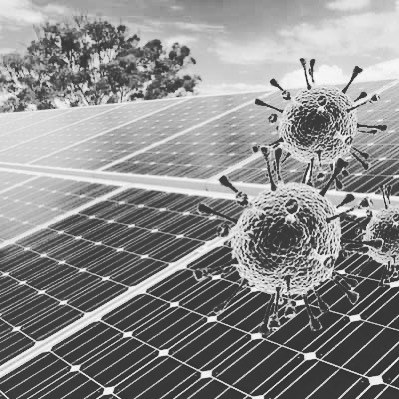At the peak of the pandemic, many countries across the globe initialized their lockdowns to help curb the spreading pandemic. Thankfully, these measures did help slow down the spread of covid-19 in the absence of a vaccine.
However, these safety regulations and mobility restrictions also disrupted supply chains and temporarily delayed construction of renewable energy installations – especially onshore wind and solar PV – in key markets. Since mid-May, renewables-based construction projects, equipment supplies, policy implementation and financing have returned to near normal levels in many countries because project developers and manufacturers have modified their operations to adapt to ongoing social‑distancing rules.
U.S. solar installations are expected to soar 43% this year, just shy of a pre-pandemic forecast, as the industry has recovered more quickly than expected from a virus-related slowdown, according to a report by the top solar trade group.
The improved outlook reflects robust demand from utilities seeking to meet carbon-reduction goals and a rebound in demand for home solar systems, thanks in part to declining costs for the technology.
The sector is now expected to install more than 19 gigawatts of solar this year, enough to power more than 3.6 million homes, according to the U.S. Solar Energy Industries Association (SEIA) and energy research firm Wood Mackenzie. Last year it installed 13.3 GW of capacity.
Solar energy also accounted for 43% of new U.S. power capacity additions through the third quarter, compared with less than a third for wind and natural gas.
SEIA and Wood Mackenzie had initially forecast 2020 solar growth of 47%, but that outlook slid to 33% as the coronavirus spread throughout the United States in the spring.
As mentioned earlier, The solar industry has been growing rapidly in recent years thanks to declines in the cost of the technology that enable it to compete with power generated by coal and gas.
Even so, just 3% of U.S. electricity is now generated by the sun. SEIA hopes that will rise to 20% over the next decade, as demand for home installation soars due to the work from home culture, that has led to many homeowners to source for cheaper and cleaner sources of energy.

The solar bounce back is especially a positive for many that lost their jobs due to the pandemic, Before COVID-19, an estimated 3.4 million Americans across 50 states and the District of Columbia worked in clean energy occupations. According to E2’s Clean Jobs America report, that’s more people working in the real estate, banking or agriculture industries and three times the number of Americans with jobs in fossil fuels. In fact, at the start of 2020, the American Council on Renewable Energy predicted that employers would be adding more than 175,000 green energy jobs.
But when the pandemic hit in March, more than 106,000 U.S. clean energy workers lost their jobs. Fast-forward just two months, and that number climbed to an astounding 447,208. With the resounding bounce back, more than 80,000 jobs were added back to the industry. We can confidently say that the worst is over for the solar industry, more especially with vaccines on the market. This is by no means saying the industry is out of the weeds, the road to recovery is still significant
Enquire Now
